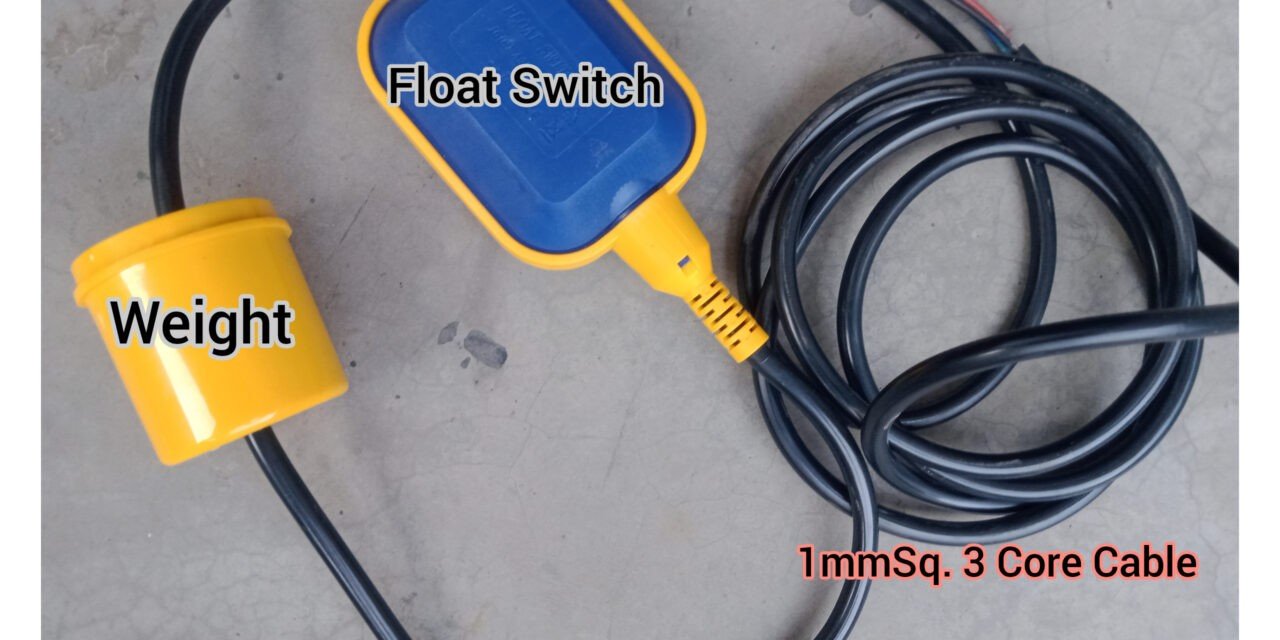01/08/2022
A float switch detects the level of a liquid in a tank or container. It floats on top of the liquid surface and acts as a mechanical switch as the liquid level goes up or down. They control devices like pumps (pump water in or out), valves (open or close inlet/outlets), or alarms to notify users.
How does a float switch work?
In short, a float switch is a mechanical switch that floats on top of a liquid surface. As the liquid level goes up or down, it moves vertically with the liquid level. Depending on the counterweight and pre-set trigger, the mechanical switch opens or closes allowing an electrical current through it to the connected device. Typically, this connected device either stops or starts the inflow of the liquid.
Switching method

For a reed switch, if the magnet is close to the reed switch it creates a closed circuit (electric current can flow). Therefore, if the magnet moves away the reed switch will create an open circuit (no electric current can flow). The switch has a maximum switching current and voltage, so ensure you do not exceed this specification. The liquid level controls the float switchs angle, which directly controls the magnets position inside of it.
The vertical float switch installation either has a “fixed point” or an external counterweight. This preset level is the position that the internal mechanical switch goes between open and closed. Figure 2 on the left shows a common application of stopping the inflow of water at a “high” point in a water tank.
The floating body will rise with the water, which causes the magnet to move towards the reed switch and the switch closes. This closed electrical circuit then signals to a pump to stop pumping water into the tank. When the water level decreases, the float switch goes down and in turn moves the magnet away from the reed switch and opens the electrical circuit. The open-circuit then signals to a pump to turn on and pump water into the tank.





